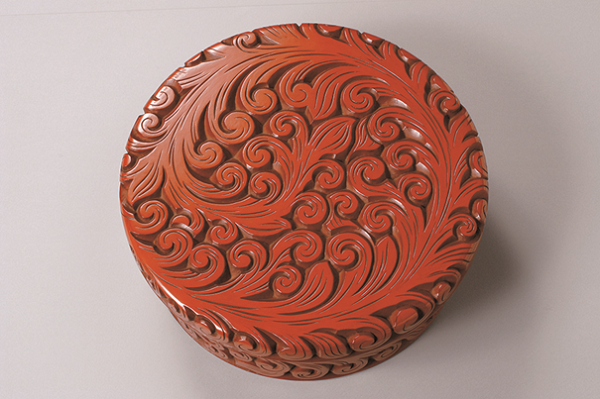Kamakurabori carving

Minister of Economy, Trade and Industry Designated Traditional Craft Product
"Kamakurabori" carving is believed to be based on artworks, such as Buddhist altar fittings, introduced to Japan in the 13th century from Song Dynasty China. In Kamakurabori a wooden form is typically deeply carved with fine patterns, and the whole piece is then lacquered. Sculptors in Kamakura had carved mostly Buddha statues and Buddhist altar fittings since the Kamakura Period (1185–1333). In the Meiji Period (1868–1912) they started producing furniture to meet the needs of Kamakura villa owners. This was the beginning of Kamakurabori carving. There are two long-established Kamakurabori stores: Sunshodo, established in 1936 in Yuigahama Street as the store and residence of carver Sogaku Sato, and Hakujitsudo, founded in around 1940 by Fusetsu Ishira in Hase. Both store buildings are unique, blending the look of a temple and a castle. Visitors can learn more about Kamakurabori at the Kamakurabori Kogeikan, the Traditional Kamakurabori Cooperative Business Association, in Yuigahama.












































